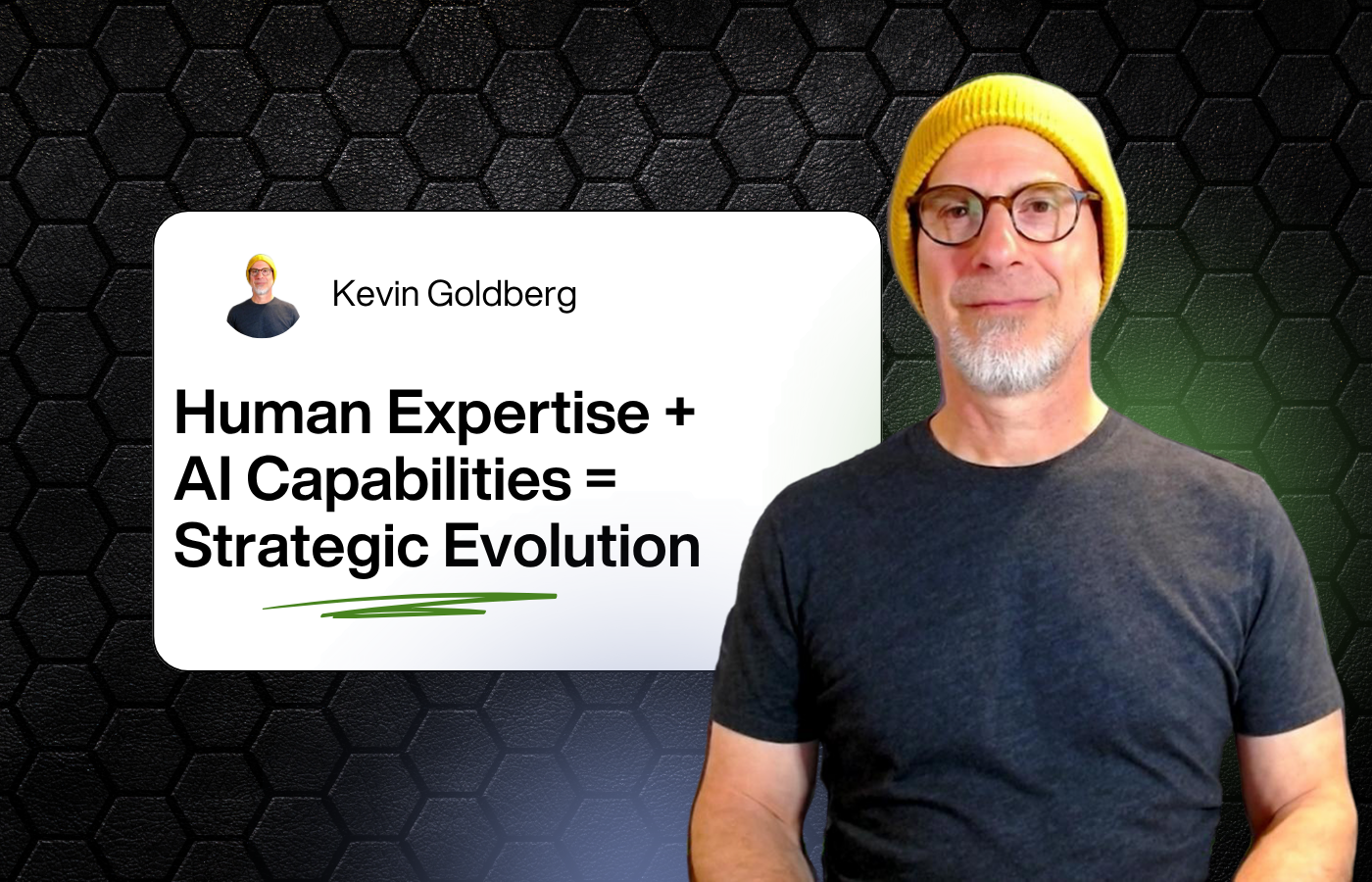The Audience Doesn't Appreciate Quality
Pete Townshend once said that the audience is thick and doesn't appreciate quality (around 3:15 he says it), no matter how hard you try. He went on to say that it's a good thing because his band doesn't have any quality (I beg to differ). They just do BIG things on stage and the audience says "Wow!" Now I have played in rock bands ever since I was 11 years old. Some nights I played extremely well while other nights I was just terrible - forgetting lyrics, hitting wrong notes, missing cues, etc. It was on those nights that I remembered Mr. Townshend's words - They became a mantra; I would run around, jump up and down and act crazy. After those shows fans would come up to me and say "Wow - you were amazing tonight!" What? How could that be? I sucked. Pete was right! I could have played all the wrong notes but because I put on a show the audience didn't care. Is that really true? They don't care?
What does that say about the audience? Are they simpletons? Are they easily amused? I don't think that is the issue. It's not that they don't care; it's that they don't care as much as the artist. Eddie Van Halen has said that he was never happy with the recorded version of Eruption, a piece of guitar work that literally changed rock music, listened to and loved by millions of fans. He says he can still hear the mistakes. Can you point them out? I don't think so. Do you think Picasso was happy with every painting? What about DaVinci? Probably not. And since the audience doesn't notice them, they don't care.
Let's bring this philosophy to the Web world. The fact is, creatives in the web world often spend too much time on the minutiae. Push a pixel here, add a pixel there...I have often heard from my designers as well as my clients, "But it has to be perfect!" And in all honesty - it really doesn't. Most of the time what we are building is not fine art - it's a website - a tool - a means to an end. You use it to find information. A click here, a click there and you get what you need. Does it matter if the cell padding is set at 3 or 5? The user doesn't care let alone know what cell padding is. The bottom line is that sometimes "good enough" is actually good enough. If you spend too much time tweaking your CSS and your design there is a good chance you yourself are going to end up tweaking!
I am in no way suggesting that clients should "settle" - settling always has a negative connotation. What I am suggesting is to "let go". Take a deep breath and realize that your audience is not going to lose respect in you if the website shifts 2 pixels to the left between Firefox and IE. Trust that the design and brand are intact; the content is well written and the navigation is intuitive and let go...
Letting go is liberating and empowering, not to mention you can launch quicker and save a lot of money at the same time.


